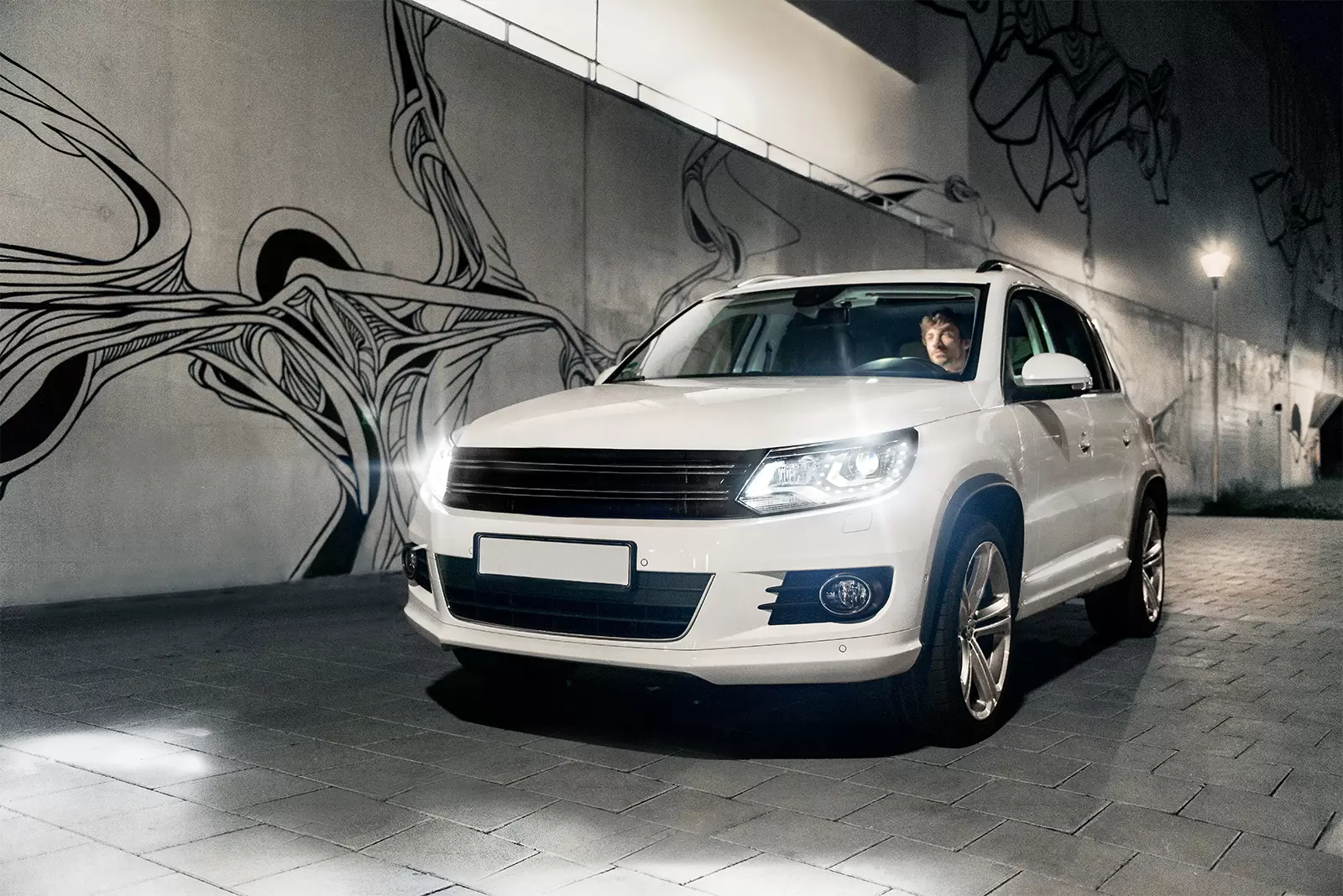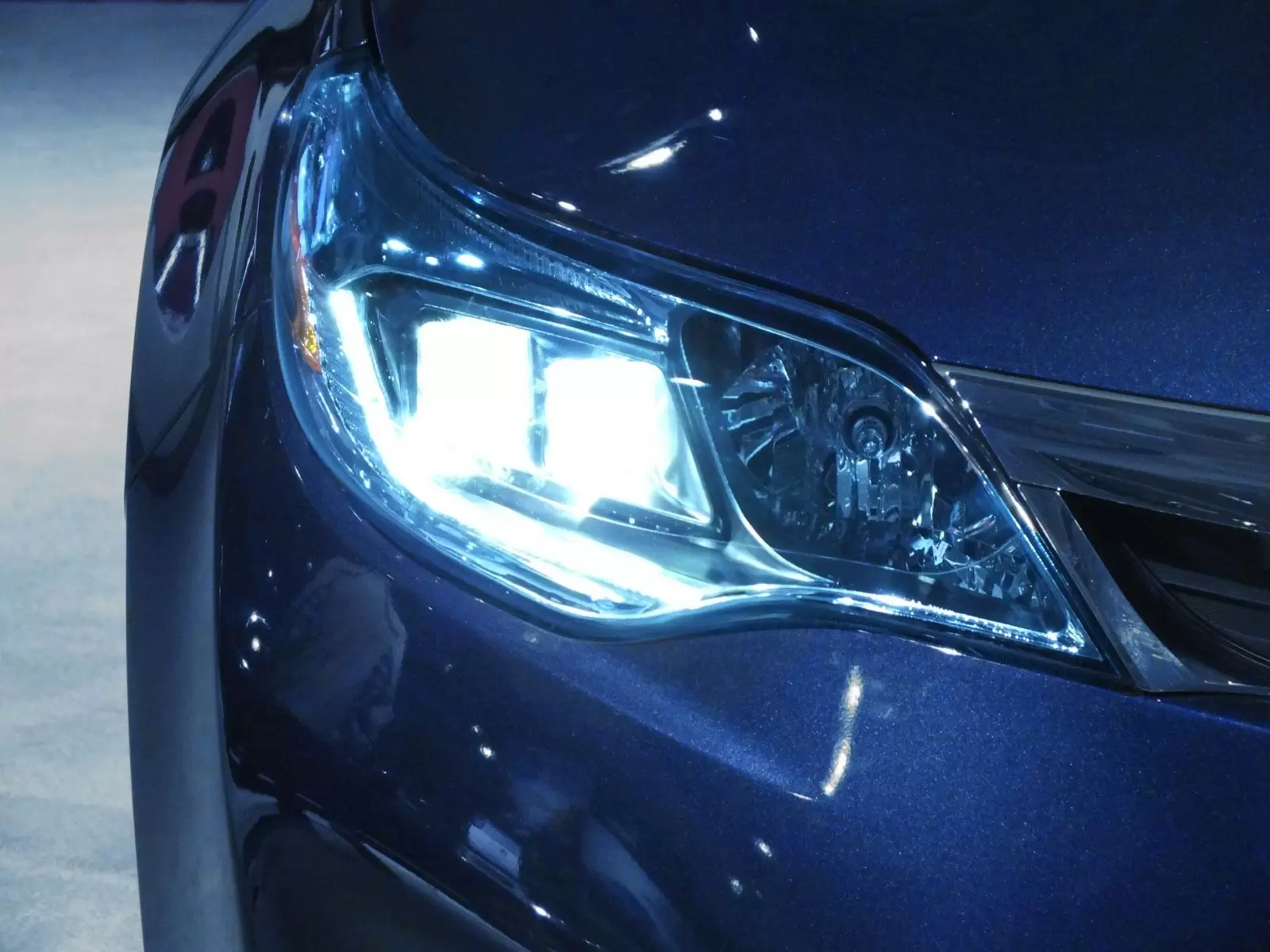CANbus ballast
Any HID lighting system requires a ballast. This is essentially a DC to AC convertor that ensuring your headlights get the right type of current. A ballast also regulates the flow of electricity to the lights, giving them a surge of power to start and then reducing power to just enough to keep the lights running. This is a crucial element of a HID lighting system, as HID lights require a precise amount of power.
A CANbus ballast is a special type of ballast that is able to communicate with your vehicle's CANbus system - a computer that connects with various parts of the car. This is needed, as HID bulbs draw significantly less power than halogen bulbs, and this can cause your car's sensors to tell the computer system that your headlights are out. CANbus ballasts tell the car's computer that there is a working bulb, preventing you from getting a warning alert from your car every time you drive.
Relay harness
 A relay harness is an entirely different part of the HID lighting system, but works much like a CANbus ballast. A relay harness connects your HID lighting system directly to the car's battery. This allows the lights to draw power from the battery rather than the rest of the vehicle's system.
A relay harness is an entirely different part of the HID lighting system, but works much like a CANbus ballast. A relay harness connects your HID lighting system directly to the car's battery. This allows the lights to draw power from the battery rather than the rest of the vehicle's system.
The main benefit of installing a relay harness is that it can help to provide a regulated flow of energy to your HID headlights. In this way, its function is similar to a CANbus ballast. Both regulate the current powering a HID lighting system.
By regulating current and drawing power from the battery, a relay harness can help prevent damage to your HID lighting system as well as the car itself. It can also fix many common problems, such as flickering lights, headlights that don't turn on completely or quickly enough, and lights that draw too much or too little power.
Which one do I need?
You don't have to choose between a relay harness and a CANbus ballast. Because they are two separate parts, you can easily use both in your HID installation.
 However, it is possible to install a HID conversion kit with a CANbus ballast and not install a relay harness, as both function in a similar way. Many HID kits come with a CANbus ballast and not a relay harness.
However, it is possible to install a HID conversion kit with a CANbus ballast and not install a relay harness, as both function in a similar way. Many HID kits come with a CANbus ballast and not a relay harness.
If you do choose to install a relay harness, be prepared to do a little extra work. You'll have to install it to your car separately to the HID kit.
You'll also need to keep in mind what your car is built to use. Not every car has a CANbus system factory fitted. If your car is older, it may not have a CANbus system. This means a CANbus ballast won't work, and you'll have to choose a HID conversion kit with a regular ballast.
If your HID kit does not come with a ballast, it's highly recommended that you also install a relay harness. Going without either piece of equipment could do serious damage to your vehicle.
We offer a variety of HID conversion kits that come with CANbus ballasts, so you don't have to purchase a relay harness. Make sure you check out this post to find out if you can fit xenon bulbs to your car.



























 Close
Close